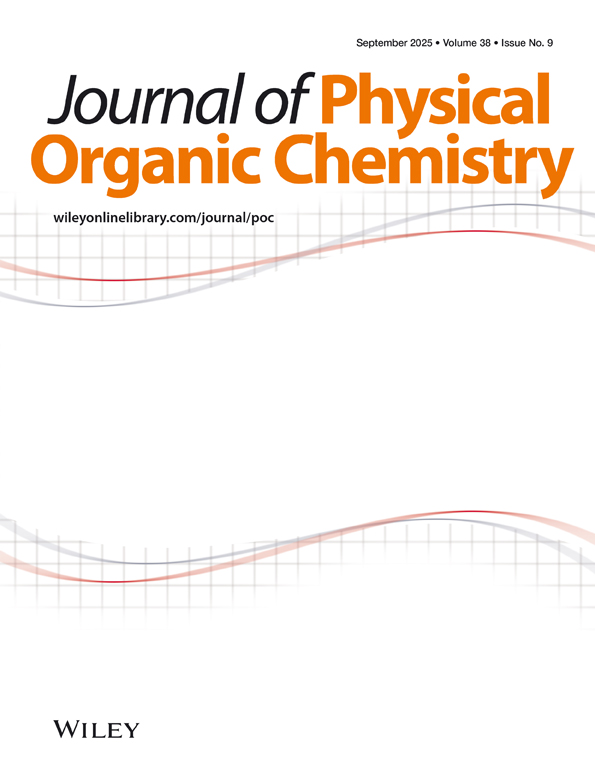The mode of transmission of electrical effects: evidence from infrared stretching frequencies
Abstract
The transmission of the universal electrical effect in infrared stretching frequencies is well fit by the modified field effect model with m ≈ −1.5 ± 0.2. The considerable variation in rm/p, the ratio of transmission of the electrical effect through meta-substituted benzene derivatives to that through para-substituted benzene derivatives and rc/t, the ratio of the transmission of the electrical effect through the s-cis conformer to that through the s-trans conformer and the failure of these ratios to show a Gaussian distribution provides further evidence against the existence of the inductive effect. The values of rm/p obtained show that, in the general case, the Hammett equation is inferior to either di- or tri-parametric equations, as it assumes the equality of ρm and ρp. This is also true of the Yukawa–Tsuno equation. It has been shown that the inductive effect does not fit the experimental data on the transmission of electrical effects in a range of chemical reactions and in infrared stretching frequencies. Recent quantum chemical calculations support the field effect as the mode of electrical effect transmission. The inductive effect model of electrical effect transmission should be abandoned. Copyright © 2001 John Wiley & Sons, Ltd.




